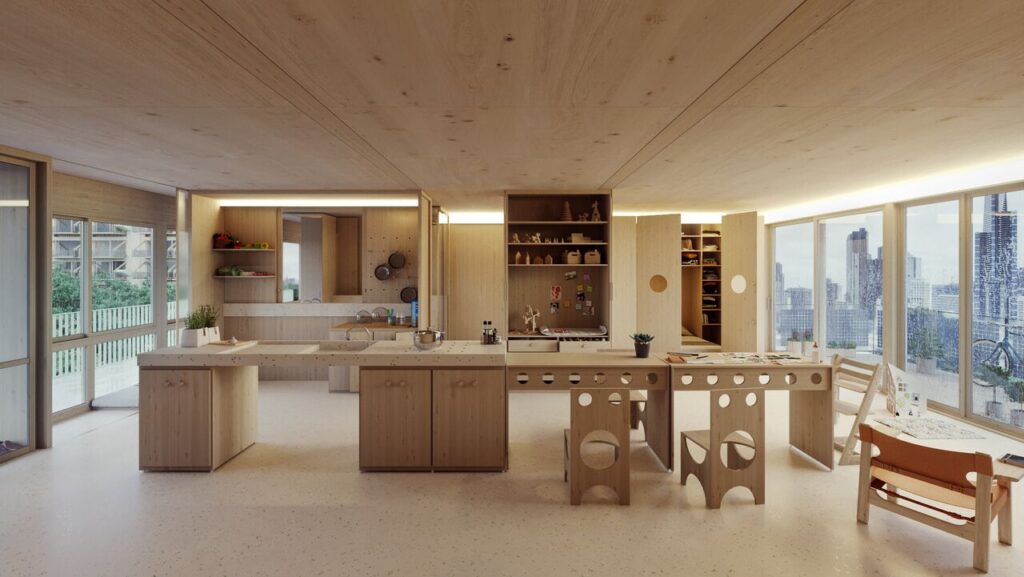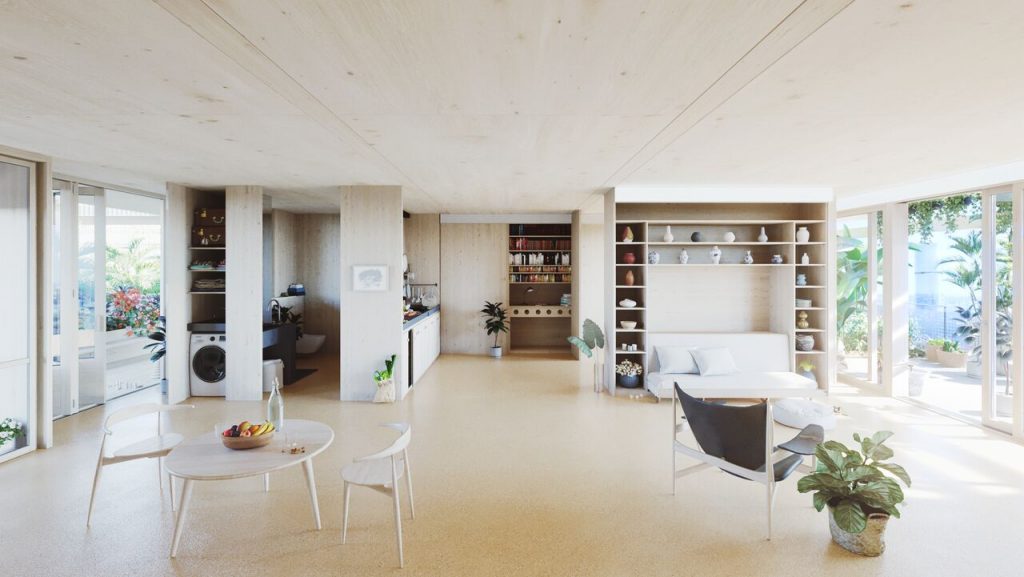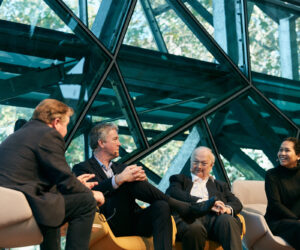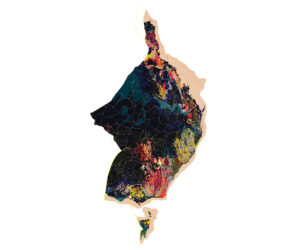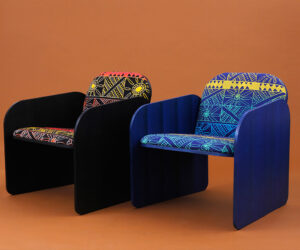University of Sydney develops prototype apartment
The University of Sydney’s Innovation in Applied Design Lab at the School of Architecture, Design and Planning has undertaken a complex multi-year project in collaboration with Lendlease to deliver the Innovation in Multi-Storey Housing Project.
The Future Living System is a real-scale 80-square-metre prototype apartment constructed from a range of prefabricated elements including timber, which was used to replace concrete. In addition to being more sustainable, the prototype is also adaptable, meaning that future residents can take advantage of small spaces by configuring their homes based on their changing needs.
The team from the Innovation in Design Lab and Lendlease developed the Future Living System to respond to the immediate demands of the construction sector and anticipate the changing needs and challenges of housing density.
In Australia, apartment or high-rise living is often seen as temporary. We approached the design from a functional perspective, to provide an environment for life – where residents can upsize or downsize, and where certain adaptations are possible.
Professor Mathew Aitchison, Director of the Innovation in Applied Design Lab.
With apartments becoming smaller, the prototype was developed to promote adaptive living. Multi-use and flexible, the Future Living System is created using modular elements that allow the living area, kitchen and bedrooms to be reconfigured, maximising the space and responding to the changing needs of occupants. In addition, the research team designed furniture to enhance the adaptive nature of the design and further increase functionality of the space.
Constructed from a range of prefabricated elements the displayed apartment will be reconfigured every few days giving visitors the opportunity to explore and engage with the space in a different way. By doing so, researchers will demonstrate the innovative nature of the modular, prefabricated elements and the overall architectural design.
Another factor the research team considered is the environmental footprint: the building construction replaces concrete with timber, as concrete is one of the largest contributors to carbon emissions. The construction process aims to substantially reduce waste, achieving rates of approximately 40 per cent less than current industry rates.
Given that conventional concrete is one of the largest contributors to global carbon emissions in construction, the transformation achieved by the replacement with a renewable resource like timber is enormous.Daryl Patterson, Head of Operational Excellence, Lendlease.
To produce a highly functional design, the team utilised advanced manufacturing. Normally seen in the automotive industry, advanced manufacturing applies the latest thinking, techniques, technology and processes for greater efficiency and effectiveness.
With the high demand for affordable and sustainable housing solutions, diverse research of this nature is crucial. Research for this project draws on architectural design, engineering, property studies, construction management, building technology, sustainable design and housing policy. The team have worked across these fields in order to provide a 360° approach to complex issues that arise.
The Future Living System will be exhibited at the Tin Sheds Gallery during the University’s Innovation Week (30 July – 4 August).
